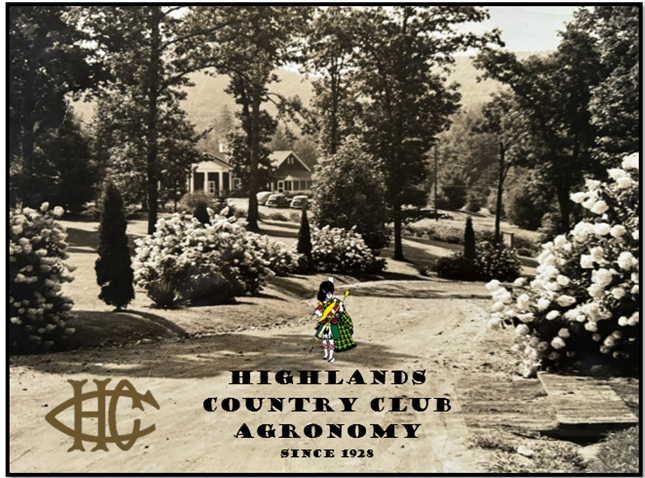What Causes Splotchy Colors On Putting Greens?OCTOBER 19, 2018By Steve Kammerer, regional director, Southeast Region
Golf course personnel dedicate a great amount of time, resources and attention to maintaining putting greens. Their goal is to deliver consistent playing conditions, but that doesn’t mean every putting green will look the same. Depending on the age of a putting green, its growing conditions and the types of grass used, putting surfaces may have many different shades of green.
Turfgrasses are living organisms that can exhibit tremendous variability. Over time, different grass populations may develop on putting greens that display different colors or textures without necessarily affecting putting quality. Grasses that were not originally planted on a putting green may also become established, adding to visual and textural differences. These changes can occur regardless of a putting green’s original turf species or method of establishment.
At different times during the year, particularly when the amount of daylight decreases or when temperatures cool below optimal levels, areas of a putting green can go off-color. This change sometimes appears as an irregular reddish or purple color. As growth slows, uniformity of color and appearance can change. Off-color patches may be localized to one area of a green which receives less sunlight and has slightly colder soil temperatures or the variation may be more widespread.
Sometimes a fertilizer application can cause color differences on a putting green. Areas where the fertilizer has taken effect quicker than adjacent areas may temporarily appear darker green.
Differences in soil moisture, especially during extended dry periods, can also cause color differences. As turf wilts from dry conditions it can appear off color. To prevent or address localized dry spots, golf course maintenance personnel may need to apply wetting agents to improve the uniformity of moisture. They may also hand water these dry areas to ensure that turf remains healthy.
Lastly, some localized disease issues can cause turf color to change. These changes are usually minor and quickly rectified by golf course superintendents through cultural practices or fungicide applications, if necessary. Disease-related color changes are temporary and should not be a major concern.
While uniform turf color on a putting green may be aesthetically pleasing, the consistency and quality of the putting surface itself is what’s most important. Excellent putting conditions can come in many shades of color.

